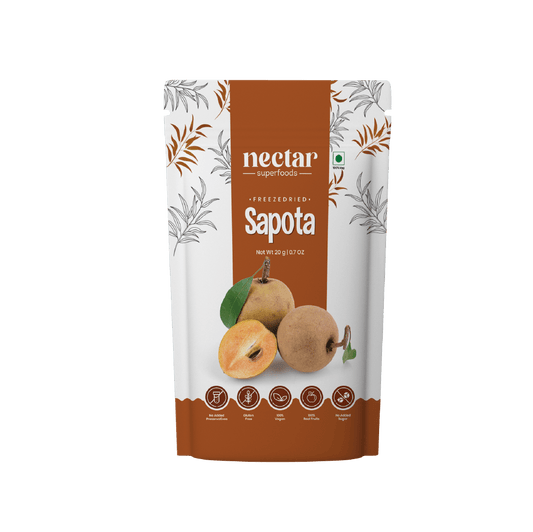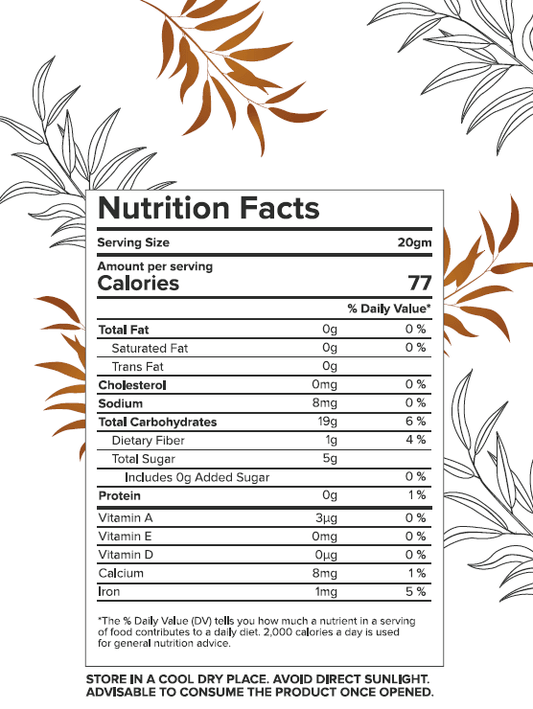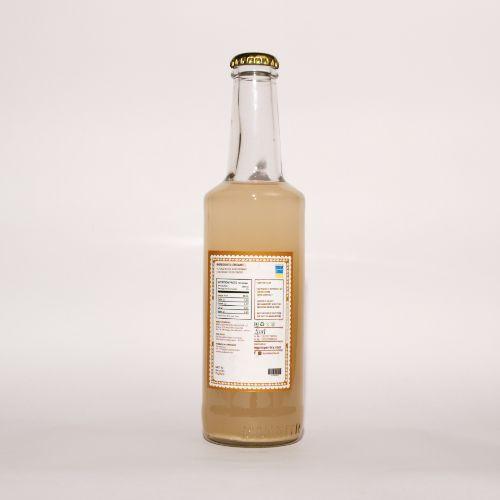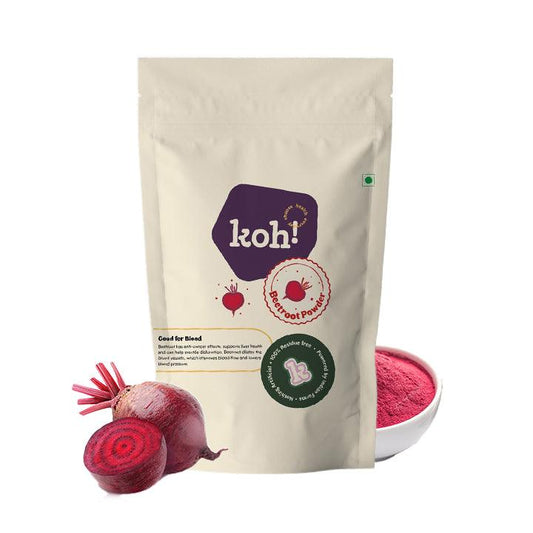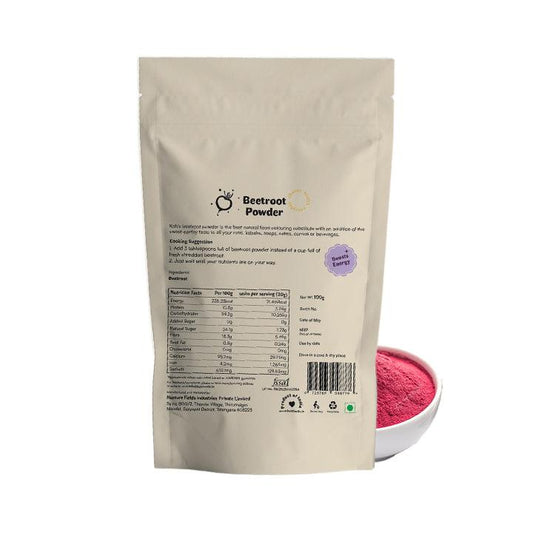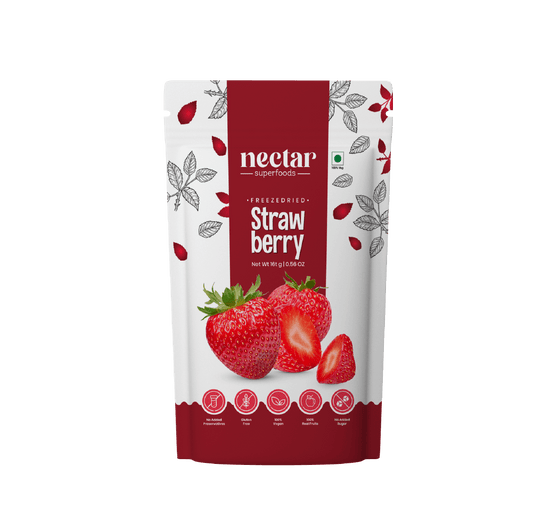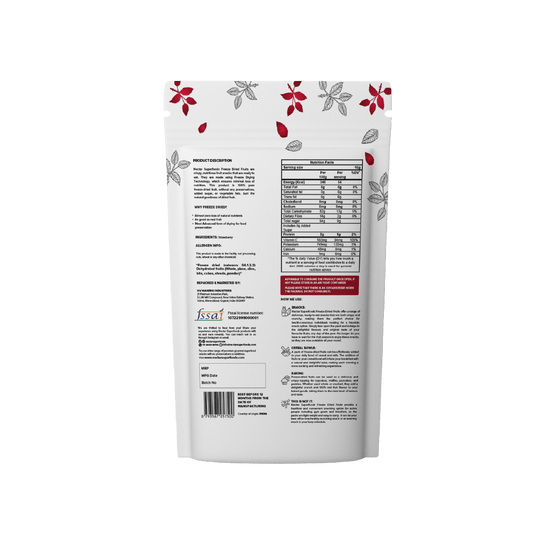Low Fat Diet Introduction: A low fat diet is a dietary approach that restricts the consumption of foods high in fat and promotes the intake of foods low in fat. It gained popularity in the late 20th century as a means to prevent weight gain, reduce the risk of certain diseases, and improve overall health. This approach focuses on limiting the consumption of saturated and trans fats, while encouraging the intake of healthier fats in moderation. How much fat do we need? While fat is an essential nutrient for the body, the exact amount needed varies based on factors such as age, sex, activity level, and overall health. According to dietary guidelines, it is recommended that adults obtain 20% to 35% of their total daily calorie intake from fats. This range allows for the necessary intake of essential fatty acids and fat-soluble vitamins while maintaining a balanced diet. Benefits of a low fat diet: Weight management: Lowering fat intake can contribute to weight loss or weight maintenance, as fats are calorie-dense. By reducing fat consumption, individuals can create a calorie deficit, leading to gradual and sustainable weight loss. Heart health: A low fat diet, especially when combined with a reduction in saturated and trans fats, can help lower cholesterol levels, reduce the risk of heart disease, and manage blood pressure. Diabetes management: For individuals with diabetes, a low fat diet can aid in better blood sugar control and improve insulin sensitivity. Reduced risk of certain cancers: Consuming a diet low in saturated and trans fats may lower the risk of developing certain types of cancer, including breast, prostate, and colon cancers. Improved digestion: A low fat diet can be beneficial for those with digestive issues, as high-fat foods can be harder to digest and may worsen symptoms such as acid reflux or gallbladder problems. Risks of a low fat diet: Nutrient deficiencies: Severely restricting fat intake may lead to deficiencies in essential fatty acids, fat-soluble vitamins (such as vitamins A, D, E, and K), and certain minerals. It is important to ensure an adequate intake of these nutrients through other food sources or supplements. Unsustainable and restrictive: Adopting a very low fat diet can be challenging to sustain in the long term, as fat contributes to the taste and satiety of food. Extreme restrictions may lead to feelings of deprivation and increase the likelihood of abandoning the diet. Overconsumption of processed foods: Some low fat products on the market are heavily processed and may contain high amounts of added sugars and artificial additives to compensate for the reduced fat content. It is essential to choose whole, unprocessed foods when following a low fat diet. List of low-fat foods: Fruits and vegetables: These are naturally low in fat and high in nutrients, making them excellent choices for a low-fat diet. Whole grains: Foods like brown rice, quinoa, oats, and whole wheat bread are low in fat and provide fiber and other important nutrients. Lean protein sources: Opt for lean cuts of poultry, fish, tofu, legumes, and low-fat dairy products to meet your protein needs while minimizing fat intake. Low-fat dairy: Choose skim or low-fat milk, yogurt, and cheese options to reduce fat intake while still obtaining important nutrients like calcium and protein. Nuts and seeds: Although they contain fat, they are rich in healthy unsaturated fats. Enjoy them in moderation as part of a balanced diet. Herbs and spices: Flavor your meals with herbs, spices, and seasonings instead of relying on high-fat sauces and dressings. Remember, when following a low fat diet, it's crucial to focus on the quality of fats consumed, opting for healthier options such as unsaturated fats (found in nuts, seeds, avocados, and olive oil) while limiting saturated and trans fats (found in fatty meats, processed snacks, and fried foods). As with any dietary change, it's recommended to consult with a healthcare professional or registered dietitian to ensure that a low fat diet aligns with your individual nutritional needs and goals. Mini collection Low-fat desserts: Low fat desserts are a healthier alternative to satisfy your sweet tooth. Options like fruit salads, frozen yogurt, or angel food cake can provide delicious treats with reduced fat content. Incorporating ingredients like unsweetened applesauce or Greek yogurt can help maintain flavor and texture while cutting down on fat. Low fat sauces: Low fat sauces offer flavorful options without the excessive fat content. Tomato-based sauces with herbs and spices, such as marinara or salsa, can add zest to dishes while keeping fat intake in check. Alternatively, use reduced-fat versions of creamy sauces, like yogurt-based dressings or lightened-up versions of classic favorites.





